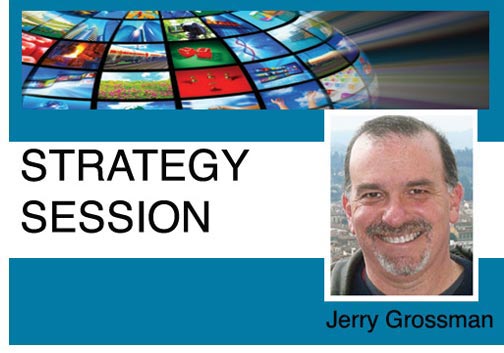
I read a very interesting article in the New York Times last week that got me thinking. The title of the article said it all: “The Plot Twist: E-Book Sales Slip, and Print Is Far from Dead.”
According to the article’s author, Alexandra Alter, “As readers migrated to new digital devices, e-book sales soared, up 1,260 percent between 2008 and 2010, alarming booksellers that watched consumers use their stores to find titles they would later buy online. Print sales dwindled, bookstores struggled to stay open, and publishers and authors feared that cheaper e-books would cannibalize their business.
“But the digital apocalypse never arrived, or at least not on schedule. While analysts once predicted that e-books would overtake print by 2015, digital sales have instead slowed sharply.”
A twist indeed.
I was what you’d call an early adopter of the e-reader. I foolishly paid nearly $400 for one of the first Kindle readers from Amazon, and I boasted to my friends about how amazing it was. I could easily download a brand-new best seller from the web, avoid paying hardcover prices and impress my friends on the beach with my newfound technology.
On the outside, I was a proud bibliophile. Hardcovers and paperbacks no longer weighed down my bookshelf. I never had to worry about dog-ears anymore. I could slip my Kindle into my briefcase or pocket and never be without my latest novel. All was right with the world!
Or was it? I used to love those bookshelves filled with beautifully designed covers protecting my biographies, best sellers and guilty pleasures. Now all of a sudden my shelves were dusty. But my old books never ran out of power. I could bring them to the beach and not have to worry about glare. When I dropped my book (and believe me, I have), the cover didn’t crack. I could always look back to read something I missed. And I always knew where I was: 140 pages in, 267 to go. So what was wrong with my old books?
Another case in point. For my birthday last March, my 21-year-old son, Zach, bought me a turntable, along with the latest James Taylor album—on vinyl. When he handed me the album, I found myself caressing it. (Fortunately no one was looking.) After slowly removing the cellophane off the album sleeve, I put the album on the turntable, sat down with the album cover and—ready for this—read the lyrics! When was the last time you did that?
When my friends see my new retro-looking turntable in the corner of my living room, I can see their jealousy. They instantly long for their Dark Side of the Moon album cover.
When “E” and Apple’s “i” became cool, hip letters, weird things started to happen. Album concepts became individual songs for 99 cents. Books became pages. Pages became percentages. The tantalizing artwork surrounding books and albums that cracked opened the door to what was inside disappeared. It seems what we had gained in convenience, we’d lost in texture.
But maybe we’re starting to see the beginning of the transition from the e-revolution to e-revulsion.
When you take the E and i out of things, the world slows down. You start to turn pages. You appreciate art. You read lyrics. You look at pictures and remember when they were taken, and you take the time to tell someone else the story behind them.
So what does this have to do with our industry?
When was the last time you sat down and paged through a photo album with your family? Sure, the e-revolution brought us digital files, and Facebook and Flickr. Yes, it’s more convenient. But is it a better experience? We’re whipping though thousands of pictures on our mobile devices. It’s more important to take a picture on a selfie stick than of the landscape that surrounds you. Pictures aren’t as much about quality anymore as they are about speed. “Oh, this is happening. How fast can I upload it so all those people who don’t really care can see it?”
We’re not selling enough photo books and albums. We’ve given in as an industry to the E and i revolutions. It’s not that we’ve given up, it’s just that we’re not trying hard enough.
Books are coming back. So is vinyl. Photo albums should not be far behind. Slow down and feel the texture.
By the way, according to the New York Times article, “the surprising resilience of print has provided a lift to many booksellers. Independent bookstores, which were battered by the recession and competition from Amazon, are showing strong signs of resurgence. The American Booksellers Association counted 1,712 member stores in 2,227 locations in 2015, up from 1,410 in 1,660 locations five years ago.”
So do yourself a favor. Turn off your e-reader and page through a paperback. Pick up a vinyl album and read the lyrics inside. Turn the pages of a photo album and tell your kids where you were when the pictures were taken.
Slowing down and bringing some texture back into our lives can only be good for our business—and for our sanity.





